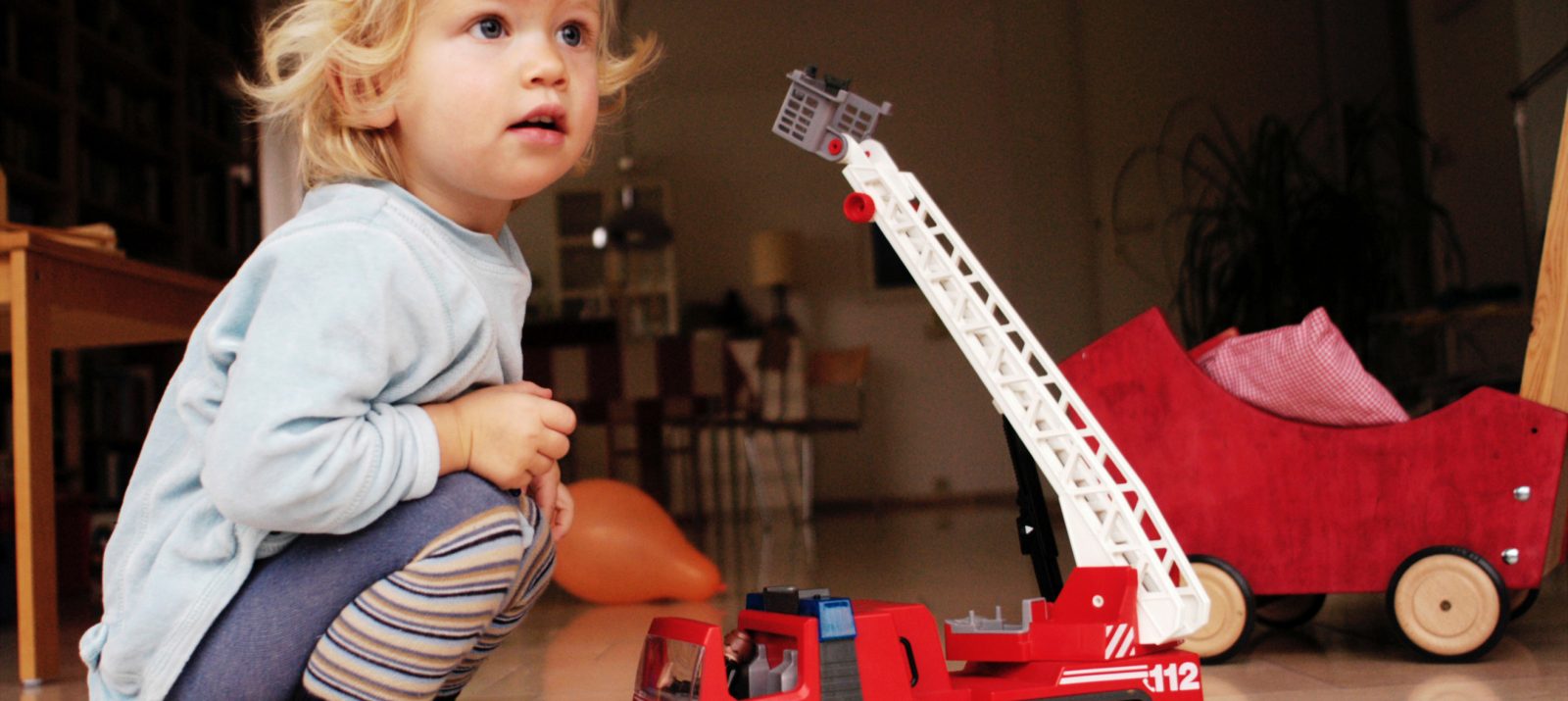
Whether in books, films or television – children learn role models through the media. This means that through books, series, audio stories, etc., they get an early idea of what girls or boys and families are supposed to be typically like. Often, classic images of strong heroes and princesses are used. Children orient themselves to these role models in order to develop their own personality.
Children identify with characters they like. Around the end of primary school age, gender becomes increasingly important for children’s identity. But as soon as you enter a bookstore, separate book tables convey that boys and girls are fundamentally different.
In German children’s television, there are many more male characters than female ones. Especially animal figures or fantasy creatures are less often female. It is particularly striking that female figures often show unattainable ideals of beauty. The body proportions of Barbie and co. have little to do with human girl or woman bodies. This unrealistic image of female roles conveyed at an early age can lead to great insecurities with one’s own body, especially among girls. Child rearing and household chores are also mostly assigned to women’s roles on television. Male figures are more likely to be seen working outside the family.
In many picture books, a family consists of a woman, a man and a child. In general, fathers often appear in them only as minor characters or not at all. Yet the classic mother-father-child model, in which the mother takes care of the children and the father goes to work, is only one family type among many today. Many children have several caregivers who look after them. This includes, for example, the new partners of the (separated) parents. Same-sex couples with children are also often not depicted in children’s media. And where do the adults who are not in a partnership but still like to take care of their friends’ or family members’ children actually come in?
Professions are an exciting topic for children. Because they help them imagine and shape their future. In doing so, girls and boys take their cue from the professions that men and women have in the stories that their parents read to them or that they see on television. Traditional gender roles in occupations are also portrayed in children’s media. Work involving children and care is more often assigned to women’s roles. They are shown as nurses, teachers or educators, while men are the strong firefighters or have prestigious professions, such as pilots or doctors. Yet the career field for men and women is much more colorful today: Dad can also look after the kids for a while as a househusband, while mom works as a scientist. Due to technical progress, there are many more professions than you see in children’s books or series. Children’s media should also explain what mom and dad actually do all day in the office or at the computer in the home office.
Girls and boys need different role models. A diverse range of children’s media offers children various models for orientation. The little girl in pink does not have to be wrong, but just not always and everywhere the same. Stories that break down typical role models help your child accept themselves for who they are and be tolerant and respectful of others. Classify any questionable gender portrayals by addressing and challenging them.
We have compiled some media tips for you that depict diversity of media characters and no gender stereotypes:
If you want to know more about gender in children’s media, we recommend this parent brochure on dealing with gender roles.